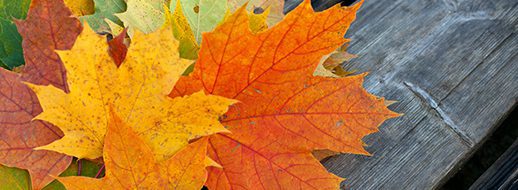- Products & Materials
-
-
-
Product Families
-
-
-
-
Products & Materials
We collaborate closely with your team to deliver application-specific plastic compounds and accelerate your time to market.
-
-
- Industries
-
-
Solutions for Your Industry
We work with manufacturers in high-stakes industries like healthcare, automotive, electronics and building materials where performance, compliance and reliability are essential.
-
- Building & ConstructionMaterials that withstand weather, UV, and structural demands in outdoor and load-bearing applications.
- TransportationEngineered compounds built for durability, compliance, and reliability across vehicles, aircraft, ag, and power sports.
- FibersSoftness, strength, and stability for nonwovens, synthetic turf, hygiene products, and performance textiles.
-
- PackagingCustom masterbatches and additives for barrier performance, clarity, and sustainable packaging formats.
- HealthcareMedical-grade materials engineered for biocompatibility, sterilization, and global regulatory compliance.
- ElectronicsFlame-retardant, antistatic, and heat-resistant compounds for electronic housings and sensitive components.
-
-
- Services & Expertise
-
-
Services & Expertise
Americhem isn’t just a compounder, we are a full-service extension of your engineering, marketing, and product development teams.
-
-
- About
-
-
About Americhem
For more than eight decades, Americham has been your trusted global partner in designing and manufacturing polymer solutions.
-
-
- Talk to an Expert

Why Do Leaves Change Color in the Fall? And the Chemistry Behind It…
Topics:
Corporate
As fall weather quickly approaches, the prominent chlorophyll in leaves begins to break down and reveal new color pigments. The most vibrant colors are produced when the end of summer is dry and the fall season is sunny because the changing of the leaves is heavily dependent on water intake and sunshine.
The chemistry behind it…
- Green = Chlorophyll
- Chlorophyll turns sunlight into food for the leaves, which means when the fall hits and the leaves’ food production slows down, the chlorophyll is broken down too.
- Red = Anthocyanin
- Anthocyanin is actually a byproduct of the breaking down of chlorophyll and does not always exist in the leaf.
- Orange = Carotene
- Carotene is not only found in high levels in fall leaves, but it is also what makes carrots orange.
- Yellow = Xanthophyll
- Yellow is a bit more prominent of a pigment because it is found in a multitude of trees such as oaks, birches, beeches, ashes, and aspens.
Green, red, orange, yellow, and every color in between; Americhem can color design it for you. Let the fall inspire your product color wheel! We will match any color and then design our product specifically to your needs.



